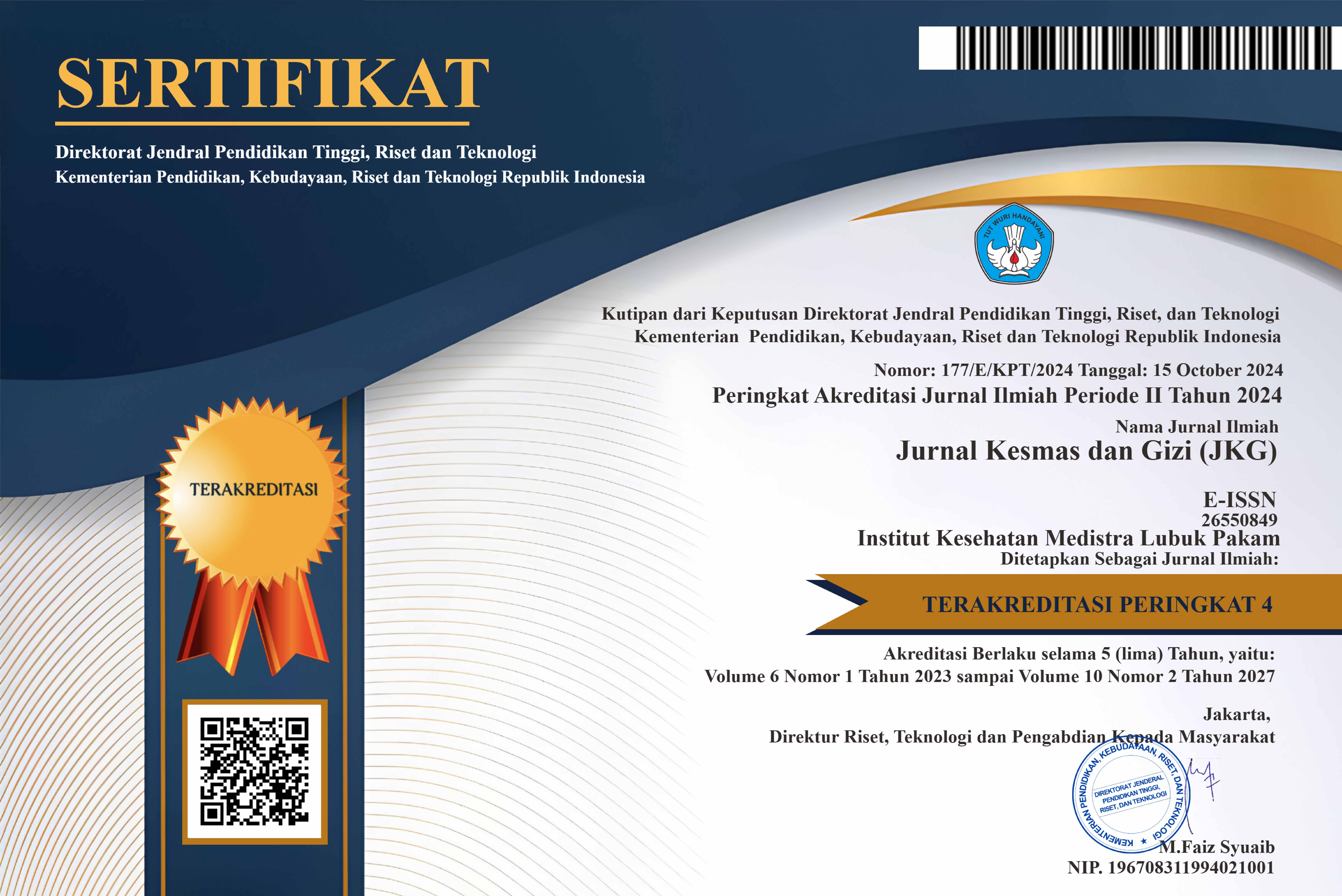The Analysis of Communication and Coordination of Interprofessional Teams in Sepsis Emergency Management
Analysis of Communication and Coordination of Interprofessional Teams in Sepsis Emergency Management
DOI:
https://doi.org/10.35451/jkg.v6i2.2515Keywords:
Stroke iskemik, trombolitik, waktu pemberian, outcome klinis, efektivitas terapi.Abstract
Sepsis is a medical emergency that requires a rapid response and effective coordination among healthcare professionals. Communication and interprofessional team coordination play a crucial role in ensuring optimal sepsis management, reducing mortality, and improving patient care quality. This study aims to analyze the effectiveness of communication and coordination within interprofessional teams during emergency sepsis management in healthcare facilities. A qualitative research approach was employed, involving direct observations and in-depth interviews with medical personnel involved in sepsis management. The findings indicate that clear communication, adherence to standardized protocols, and the presence of a competent team leader contribute to effective coordination in emergency situations. However, several challenges were identified, including delayed information transmission, differences in understanding among professionals, and high workload, which may hinder team efficiency. Therefore, strategies to enhance communication and coordination, such as emergency simulation training and the implementation of supportive technologies, are needed to improve the responsiveness of interprofessional teams in sepsis management
Downloads
References
Boiko, O., Edwards, M., Zschaler, S., Miles, S., & Rafferty, A. (2020). Interprofessional barriers in patient flow management: An interview study of the views of emergency department staff involved in patient admissions. Journal of Interprofessional Care, 35, 334–342.
Chua, W., Ooi, S. L., Chan, G. W. H., Lau, T., & Liaw, S. Y. (2022). The effect of a sepsis interprofessional education using virtual patient telesimulation on sepsis team care in clinical practice: Mixed methods study. Journal of Medical Internet Research, 24.
Collin, K., Valleala, U. M., Herranen, S., & Paloniemi, S. (2012). Ways of interprofessional collaboration and learning in emergency work. Studies in Continuing Education, 34(3), 281–300.
Karam, M., Tricas-Sauras, S., Darras, E., & Macq, J. (2016). Interprofessional collaboration between general physicians and emergency department teams in Belgium: A qualitative study. International Journal of Integrated Care, 17.
Michalsen, A., & Jensen, H. I. (2020). Interprofessional shared decision-making. Springer.
Olde Bekkink, M., Farrell, S., & Takayesu, J. (2018). Interprofessional communication in the emergency department: Residents’ perceptions and implications for medical education. International Journal of Medical Education, 9, 262–270.
Verspuy, M., & Bogaert, P. (2018). Interprofessional collaboration and communication. In Improving Patient Safety (pp. 259–278
Downloads
Published
Issue
Section
License
Copyright (c) 2024 Patrice Lwy Sinaga

This work is licensed under a Creative Commons Attribution 4.0 International License.
Copyright in each article is the property of the Author.


























